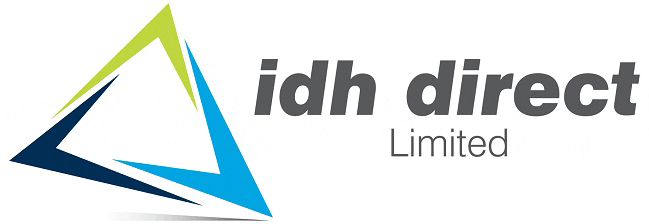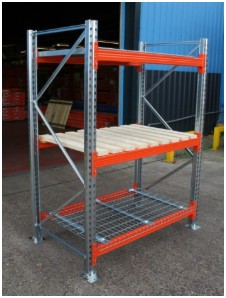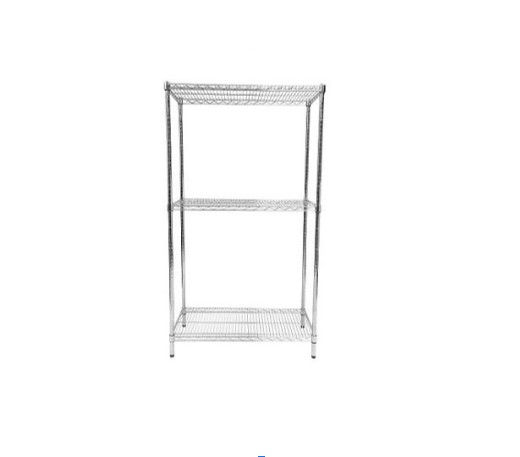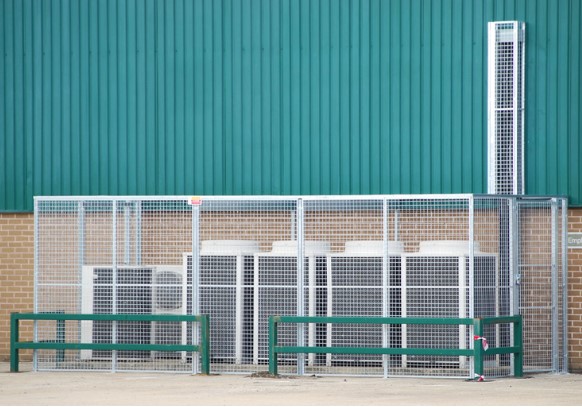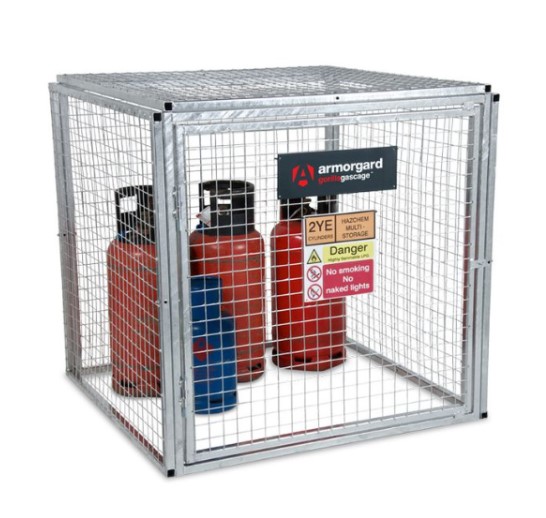Why Machine Guarding is Essential in the Workplace
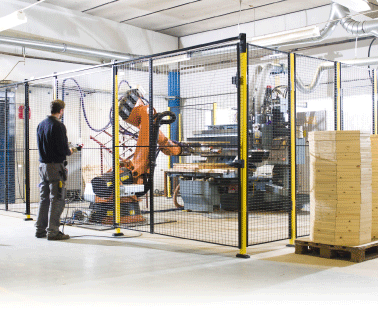
Operating machinery in the workplace is a hazard and poses potential risks of injury and fatalities. In the UK, an estimated one in four workplace injuries and eight out of ten workplace fatalities involve mechanical equipment.
There are legal procedures and regulations in force to minimise risks of machinery usage in the workplace and to protect those working with machinery. The Machinery Directive 2006/42/EC covering the European Union came into force on 29th December 2009 and outlines the legal requirements for safeguarding against dangerous machines and machine parts. The Machinery Directive covers the supply of new machinery and other equipment including safety components. It is an offense to supply machinery within the EU unless the provisions and requirements of the Directive are met.
Employees who use machinery are exposed to risks during operation, adjustment, maintenance and lubrication of machinery and all risks need to be eliminated as far as are possible. In order to prevent injuries and fatalities, securely fitted and installed machine guarding is used to guard against dangerous and moving parts of machinery.
It is imperative to carry out a risk assessment and to inspect all machinery on-site to identify the hazard of the machine and to assess the risk posed by that particular machine and hazard. When the risk is properly assessed the next step is for suitable and appropriate controls to be put in place to minimise or expel those risks altogether.
The full scope of the risk such as the likelihood of an injury occurring with machine usage as well as the severity of an injury associated with that machine should be investigated. A risk assessment will also highlight the correct and suitable machine guarding that is required. Other factors should also be assessed such as environmental conditions and ergonomic requirements.
To help identify machine parts that pose a serious danger, areas and points should be observed and investigated. In machines with moving parts, parts of the machine may involve guillotines and blades, cutters, saws and drills. Machines may also include power points such as pulleys and belts, shafts and flywheels. Other high-risk parts of a machine would include cutting areas, entanglement areas, abrasion areas, crushing areas and impact areas. Shear points, stabbing points and protrusions that can cause injury should also be identified.
When all hazards and risks are properly investigated and documented in a risk register, action can be taken to minimise and eliminate those risks.
Machine guarding is mostly used where a hazard cannot be eliminated or substituted with a safer alternative. There are many machine guard types that can be used according to the type of control requirement. One machine guard type is a fixed guard which forms a barrier between the machine and the operator and prevents contact with the machine.
Automatic guards are guards that automatically move into position when the machine is started. These types of guards are only suitable for slower machines. Adjustable guards as the name suggests can be adjusted to suit different shapes, materials and sizes and form a barrier. We offer machine guarding solutions as well as a nationwide site survey and installation service. Our machine guarding is in stock for immediate delivery.
